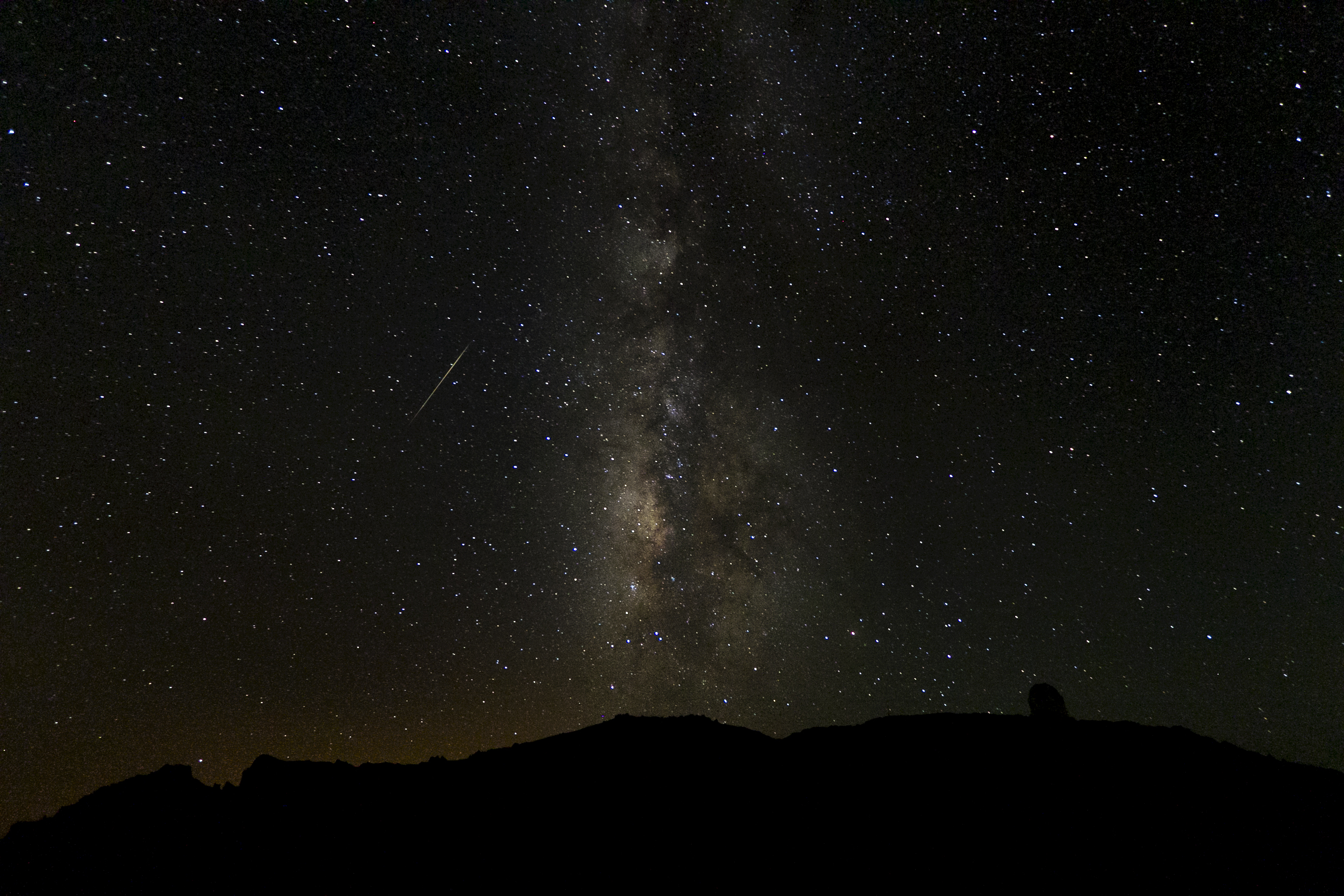A new and better SAGA of the formation and development of the Milky Way
One of our young astronomers at the Stellar Astrophysics Centre, Aarhus University, Víctor Silva Aguirre, has received a grant which will give him the opportunity to dig deep into the past of the Milky Way.


One of our postdoctoral fellows, Víctor Silva Aguirre, has received a grant which will give him the opportunity to dig deep into the past of the Milky Way. The Villum Foundation has invested 4 million DDK in the project “Galactic Archeology" aiming at disclosing more of the evolution of our local galaxy during its 13.5 billion years of existence.
The dating of stars
As in ordinary archeology, the work of an astronomical archeologist mainly concerns dating. Astronomical finds present themselves though in a far brighter way than being hidden in the soil: They are the stars. While an archeologist uses a shovel and brush to perform his studies, an astronomer measures a set of very specific colors of stars devised by Strömgren. In addition the vibrations of stars, which can characterize the stars very precisely, are measured. This latter technique, known as asteroseismology, is an area of expertise at Aarhus University.
Well known neighbourhood
Stars in the immediate vicinity of our Sun are fairly well known - up to a distance of some 300 light years. We know quite a lot about the age, composition, mass and diameter of these stars. However, further out in the realms of the galaxy, we know much less about the stars, especially if we also go back in time to the early millennia of galactic existence.
World wide collaboration
Víctor Silva Aguirre is one of the leaders in the new project SAGA*, a close collaboration of researchers from all over the world, which will study the far reaches of the Milky Way with data collected by the CoRot and Kepler satellites. These data will be integrated with new observations from Earth-based telescopes to be collected in the coming few years.
Starquakes
The space based observations tell us about oscillations of the stars. The Sun and other stars are ringing like giant bells, and this causes minor variations in the total brightness of the stars. This technique, called asteroseismology, is comparable to geologists' use of seismic measurements from controlled explosions or earthquakes to "see" deep into the layers of the Earth.
Similarly, the astronomers observe processes deep in the inaccessible layers of the stars, obtaining knowledge of fundamental parameters of the various types of stars. Earth-based observations supplement this by giving information of stellar temperatures and metallicity.
Galactic evolution
The aim of the SAGA project is to learn much more about the evolution of the Milky Way than we know now. When we know the parameters of the distant stars, we can adjust and improve the somewhat primitive models, we have on the Milky Way and on the birth and evolution of other galaxies.
It will be possible to see further than the 300 light years away – possibly up to 30,000 light years in some directions which will enable us to ”dig trenches” among the different generations of stars in the Milky Way. We wish to know where the oldest stars were formed in the original cloud of gases, and if the formation of stars took place at the same time everywhere.
It is also interesting to know if the different generations or populations of stars are the result of several distinct periods of star formation, or if it is a process that has been going on continuously since the early days of the Milky Way.
The differences in the various populations may even be caused by the influx of material from other minor galaxies being gobbled up by our larger one, either as gas in the early stages of the formation, or later in the form of stars with different compositions due to their different origins.
First results
With SAGA the plan is to observe in the vicinity of 20,000 stars, and the SAGA-group has already observed a limited number of stars with the Isaac Newton Telescope on the island of La Palma. Up to now, some 1,000 stars have been observed in a pre-study, and these first very promising results are to be published in the coming months.
Future uses of results
In the years ahead the refined results of galactic archeology can be used to improve the interpretation of future results from the astronomy satellites TESS, Plato and GAIA, and it's sufficient to say that SAGA is going to tell us much more about what once was and reveal the main physical processes that have shaped our Galaxy into what we see today.
The whole SAGA project is intended to run for 4 years.
Find more information about the SAGA project here
*SAGA = Strömgren survey for Asteroseismology and Galactic Archeology
